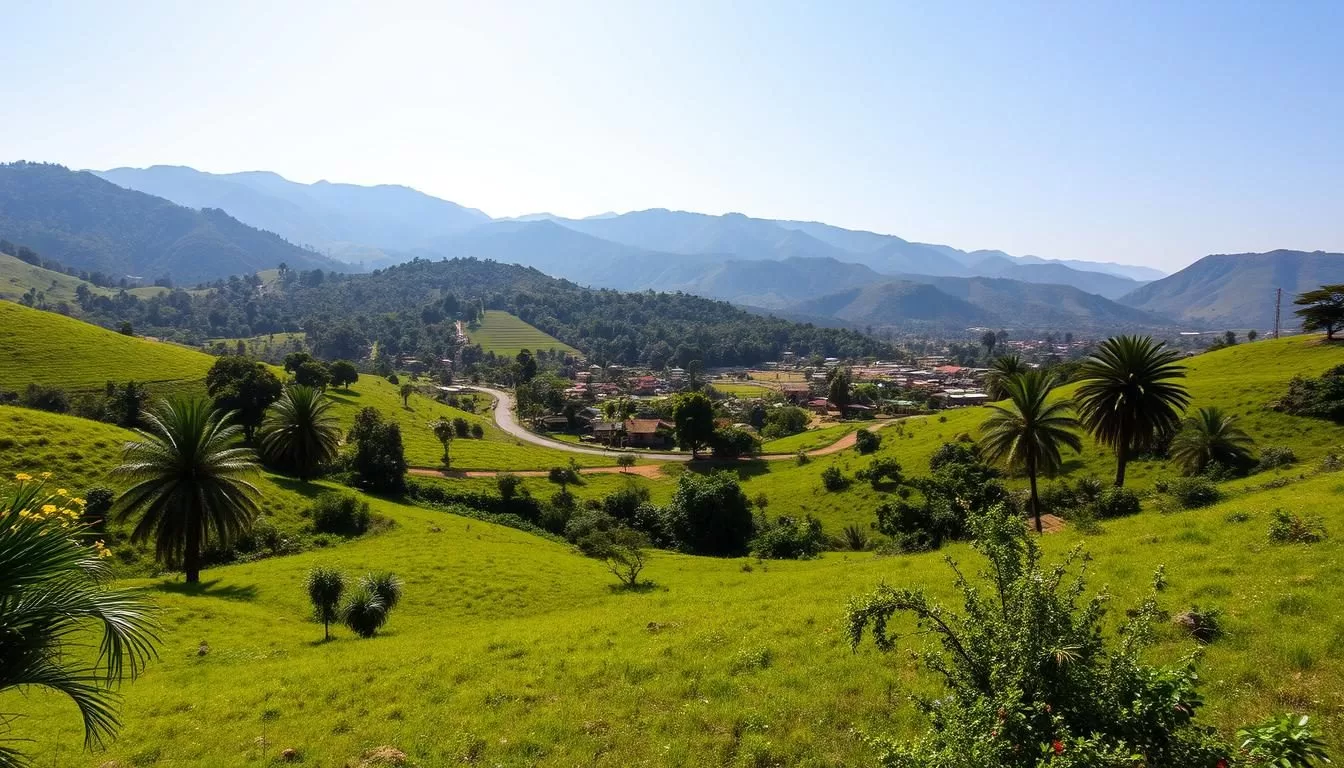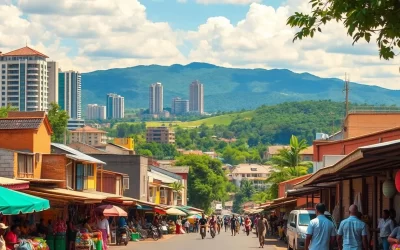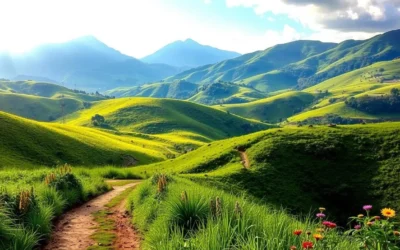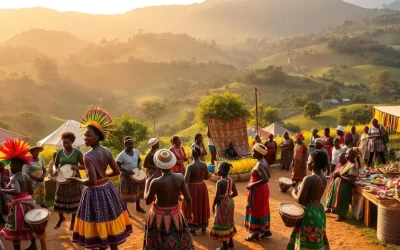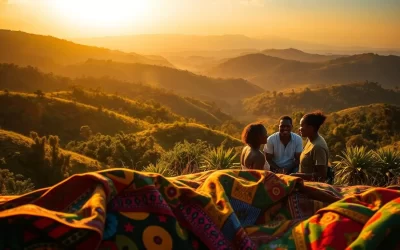✓ Accommodations✓ Flights✓ Rental Cars✓ Tours & Activities
Planning a trip to Rwanda can be a thrilling experience, with its stunning landscapes and incredible wildlife making it a unique destination. However, the weather and season can greatly impact your travel plans.
Located near the equator, Rwanda’s climate is surprisingly mild due to its high elevation, with temperatures ranging from 63°F to 81°F throughout the year. Instead of traditional seasons, the country experiences two dry seasons (June-September and December-February) and two rainy seasons (March-May and October-November).
Understanding these seasonal variations is crucial for packing appropriately and making the most of your trip, whether you’re interested in gorilla trekking, wildlife safaris, or cultural experiences. By knowing the best time to visit, you can create a weather-savvy itinerary for your adventure in this beautiful East African country.
Understanding Rwanda’s Climate Patterns
Understanding Rwanda’s climate is crucial for planning a successful trip, as it has a distinct seasonal pattern. Rwanda’s climate is not characterized by the traditional four seasons; instead, it has a unique cycle of wet and dry periods.
Equatorial Climate with a Twist
Rwanda’s equatorial climate is marked by relatively high temperatures throughout the year. However, its climate has a twist due to its geographical location and elevation, resulting in a temperate climate in the highlands. The country’s climate is characterized by two distinct dry seasons and two rainy seasons, making it different from the conventional seasonal cycle.
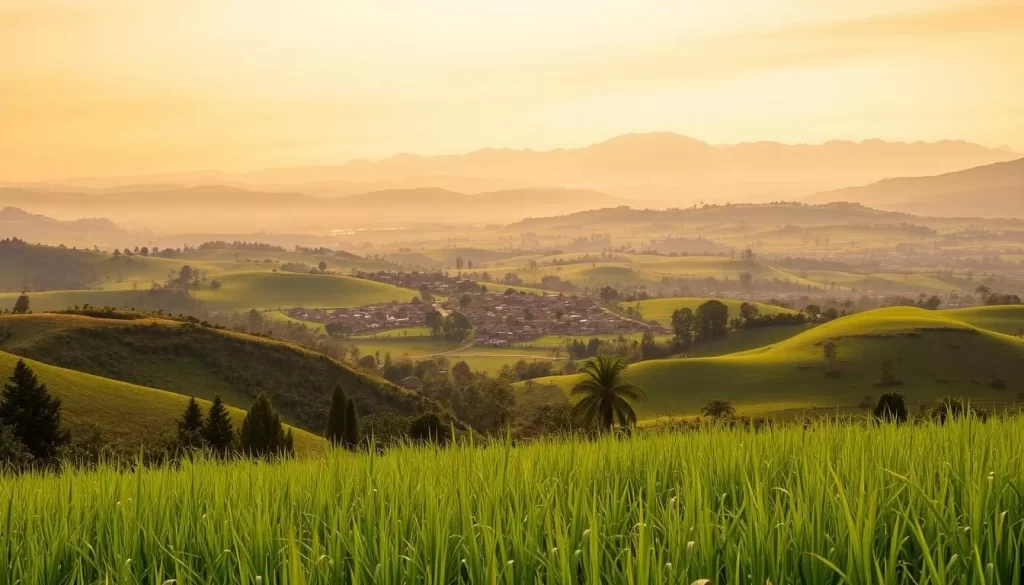
Four Distinct Seasons Instead of Four
Rather than experiencing spring, summer, fall, and winter, Rwanda has two dry seasons and two rainy seasons. The long dry season, from June to mid-September, is considered the best time to visit for wildlife sightings and pleasant weather. The short dry season, from December to February, and the rainy seasons, from March to May and October to November, offer varying conditions for different activities. Understanding these seasons is key to planning your trip during the most suitable months.
The long dry season typically offers the most reliable weather for travelers, with minimal rain and comfortable temperatures. Each season has its advantages and disadvantages for different activities, making certain months better suited for specific experiences like gorilla trekking or wildlife viewing.
Rwanda: Best Months for a Weather-Savvy Trip
To make the most of your trip to Rwanda, it’s essential to know the best months to visit based on weather conditions. Understanding the country’s climate patterns can help you plan a more enjoyable and stress-free journey.
June to September: The Prime Time
The period from June to September is considered the prime time to visit Rwanda due to its dry season, making it ideal for various activities such as gorilla trekking and wildlife safaris. During these months, the weather is generally pleasant, with minimal rain, allowing for better exploration of the country’s natural beauty.
- Favorable weather conditions for outdoor activities.
- Ideal time for gorilla trekking in Volcanoes National Park.
- Good visibility for wildlife viewing in national parks.
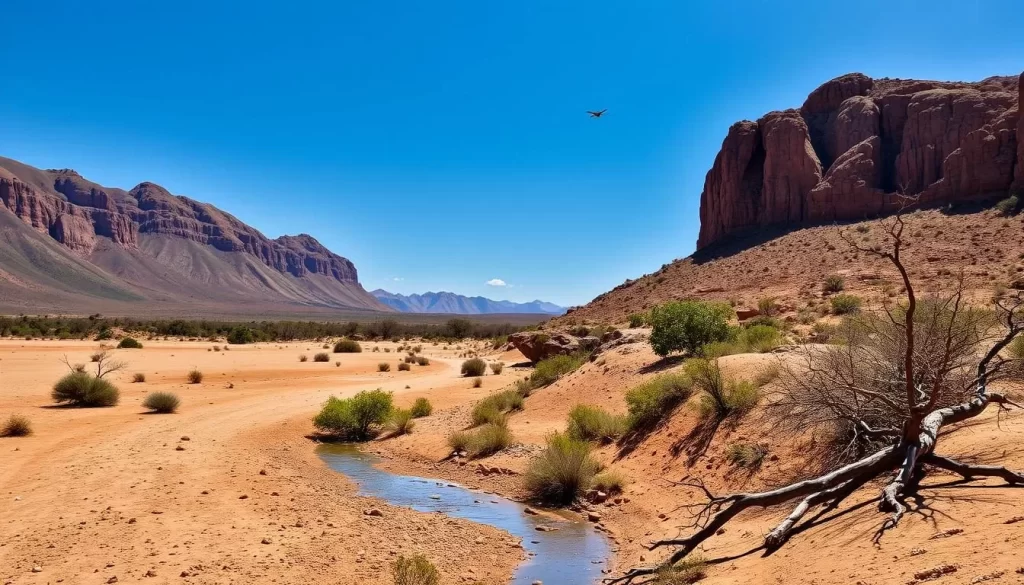
December to February: The Alternative Dry Season
For those who cannot visit during the peak dry season, December to February offers an alternative dry period, particularly in the central and eastern regions of Rwanda. While it’s not as dry as the June to September period, these months still provide relatively good conditions for travel.
- A second opportunity for dry weather in Rwanda.
- Central and eastern regions experience a more pronounced dry spell.
- January and February are less crowded than the peak season, offering a more serene experience.
Regional Weather Variations Across Rwanda
As you plan your trip to Rwanda, it’s crucial to consider the regional weather variations that can impact your travel experience. Rwanda’s diverse geography leads to different climate conditions across various regions.
Kigali: The Capital’s Climate
Kigali, being the capital city, has a climate that is generally mild, with average temperatures ranging from 60°F to 80°F. The city’s weather is relatively stable compared to other regions.
Northern Highlands: Volcanoes National Park
The Northern Highlands, home to Volcanoes National Park, experience a cooler climate due to their high altitude. Temperatures can be quite low, especially in the mornings and evenings, making it essential to pack accordingly.
Southern Rwanda: Lake Kivu and Nyungwe Forest
Southern Rwanda, featuring Lake Kivu and Nyungwe Forest National Park, has a unique climate pattern. This region is cooler and rainier, with a prolonged wet season from September to May. The wettest months are October, November, and March, while June and July are the driest.
| Region | Average High Temp | Average Low Temp | Wettest Months |
|---|---|---|---|
| Southern Rwanda | 68°F | 50°F | October, November, March |
| Northern Highlands | Varies | Varies | Varies |
| Kigali | 80°F | 60°F | March, April |
Best Times for Gorilla Trekking
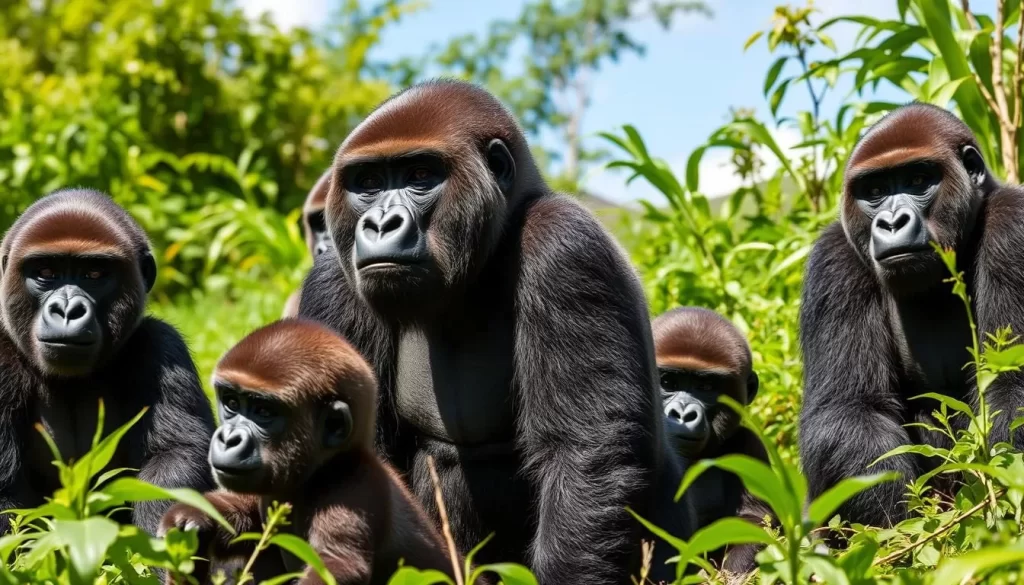
The best time for gorilla trekking in Rwanda depends on your preferences regarding weather and tourist season. Rwanda’s climate varies throughout the year, influencing the gorilla trekking experience.
Dry Season Advantages
The dry seasons, from June to September and December to February, offer several advantages for gorilla trekking. Clear trails and favorable weather conditions make it easier to trek through the forests. During this time, the gorillas tend to stay in their usual habitats, making it a great time for trekking.
However, it’s also the peak tourist season, meaning more competition for gorilla trekking permits and higher prices for accommodations.
Wet Season Considerations
If you don’t mind getting wet, the rainy seasons (March-May and October-November) offer less competition, lower prices for accommodations, and greener scenery. The gorillas tend to move to lower elevations, potentially resulting in shorter and less strenuous treks. With proper preparation, including waterproof gear, you can have a successful and enjoyable trek.
The lush landscapes created by regular rainfall provide spectacular backdrops for photography. Additionally, the rainy seasons typically see fewer visitors, making it easier to secure gorilla trekking permits.
Optimal Months for Wildlife Safaris
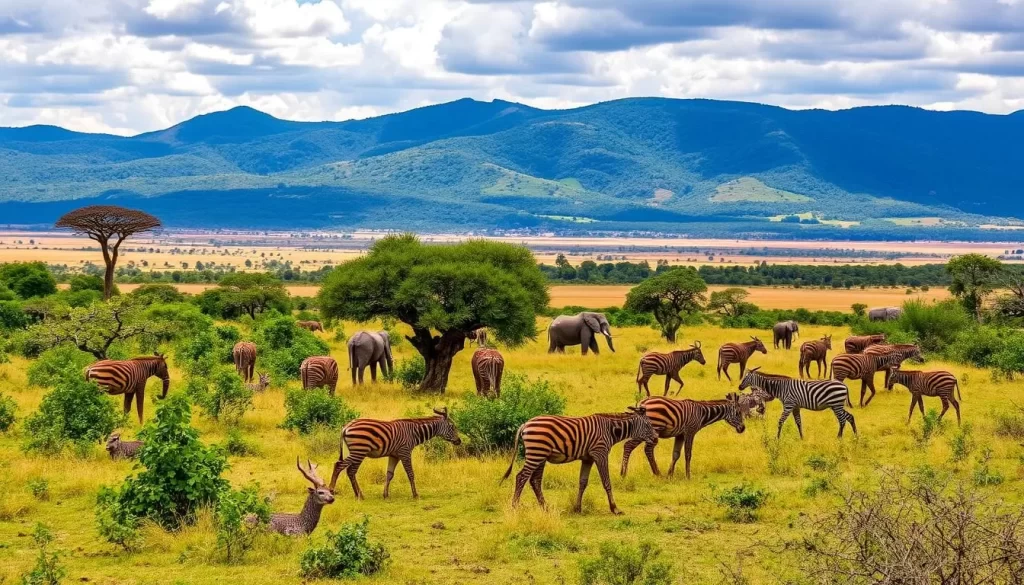
For those eager to explore Rwanda’s diverse wildlife, understanding the best times to visit is essential. Rwanda’s national parks, such as Akagera, offer a range of wildlife viewing experiences throughout the year.
Dry Season in Akagera
The dry season is considered prime time for wildlife viewing in Akagera National Park. During this period, animals tend to congregate around water sources, making them easier to spot. The dry conditions also result in less dense vegetation, improving visibility.
Wildlife Viewing Throughout the Year
While the dry season offers peak conditions, Akagera National Park provides rewarding wildlife encounters throughout the year. The short wet season transforms the park into lush landscapes and attracts migratory bird species, making it ideal for birdwatching. Even during the long wet season, certain areas become easier to navigate for predators, increasing sightings.
Seasonal Packing Guide
Packing for Rwanda involves more than just throwing a few clothes into a suitcase; it demands a thoughtful approach to the country’s seasonal changes. To ensure you’re well-prepared, it’s crucial to understand what to pack for the different seasons.
Dry Season Essentials
During the dry season, layers are your friend. Bring long-sleeved shirts and pants that can dry quickly, along with warm sweaters and coats for chilly evenings. Comfortable hiking boots are a must for trekking adventures. Consider packing:
- Breathable clothing for warm days
- Warm layers for cooler mornings and evenings
- Sturdy hiking boots with good traction
Rainy Season Must-Haves
For the rainy season, waterproof gear is essential. Look for packable, breathable rain jackets and pants that can be easily carried during hiking expeditions. Quick-drying clothing and waterproof shoes with gaiters will keep you dry and comfortable. Don’t forget:
- Waterproof bags to protect your electronics
- Quick-drying socks and clothing
- Gaiters to keep mud out of your boots
| Season | Clothing Essentials | Additional Gear |
|---|---|---|
| Dry Season | Layers, long-sleeved shirts, warm sweaters | Hiking boots, comfortable walking shoes |
| Rainy Season | Waterproof jackets, quick-drying pants | Waterproof shoes, gaiters, dry bags |
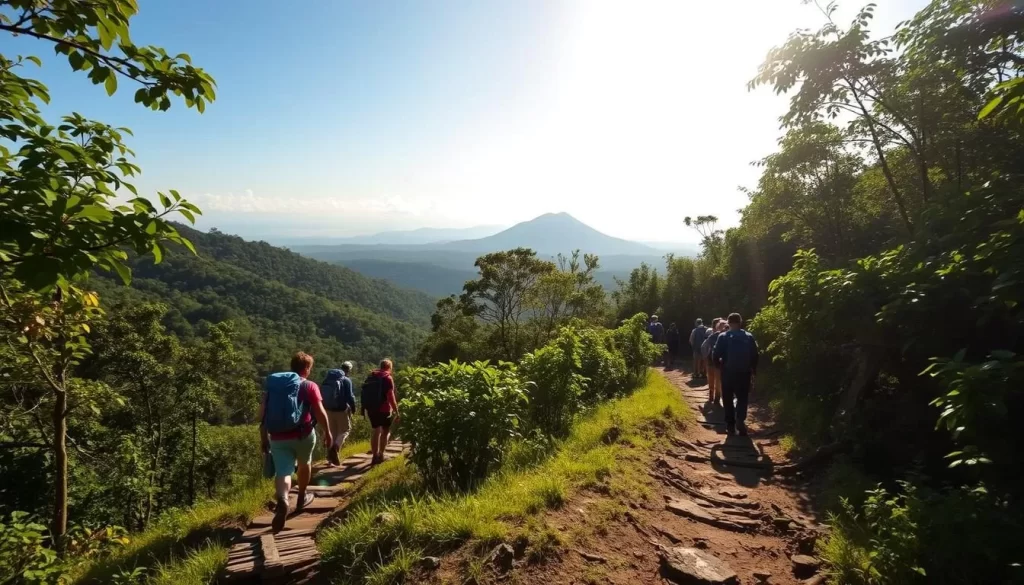
Traveling During Rwanda’s Rainy Seasons
Rwanda’s rainy seasons bring a unique set of challenges and opportunities for travelers. Understanding these seasons can help you plan a more rewarding trip.
October to November: The Short Rains
The short rainy season, spanning from October to November, is characterized by intermittent rain showers that don’t typically last all day. This period can be a good time to visit if you’re looking for lower prices and fewer tourists. Although some days may see significant rainfall, mornings are often clear, allowing for enjoyable outdoor activities.
During these months, Rwanda’s landscapes become particularly lush, and the rain can make the scenery even more breathtaking. For photographers, the dramatic skies and misty mountains offer spectacular photo opportunities.
March to May: The Long Rains
The long rainy season, from March to May, is marked by more frequent and sometimes heavier rainfall, with April being the wettest month. Despite the challenges, this season offers its own set of advantages, including significantly reduced accommodation prices and easier access to gorilla trekking permits.
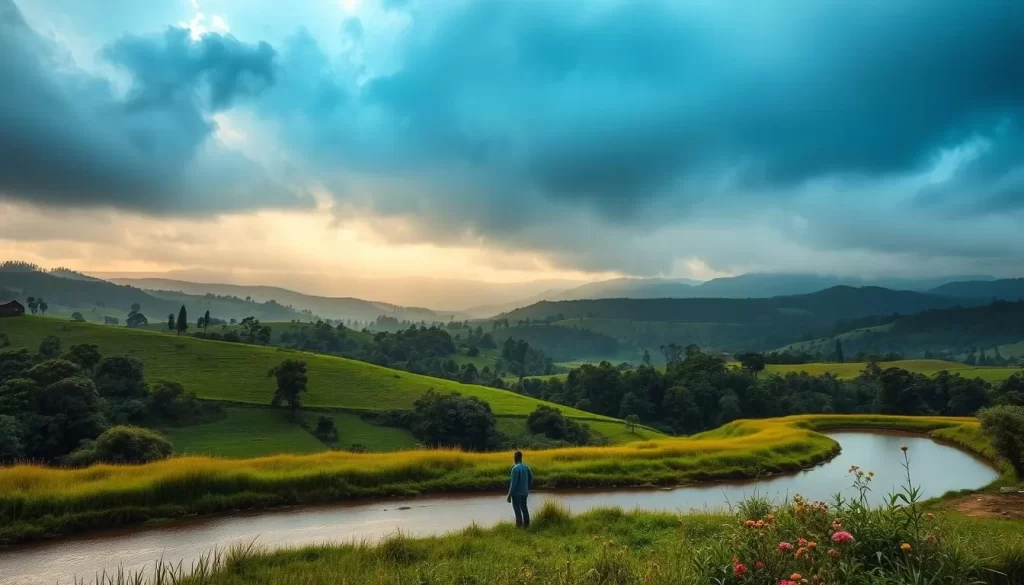 The rain transforms Rwanda into a vibrant, green paradise, with waterfalls at their peak and landscapes that are particularly photogenic. For the adventurous, this can be a great time to explore Rwanda’s natural beauty, with the added benefit of lower costs.
The rain transforms Rwanda into a vibrant, green paradise, with waterfalls at their peak and landscapes that are particularly photogenic. For the adventurous, this can be a great time to explore Rwanda’s natural beauty, with the added benefit of lower costs.
While the rain can make some activities more challenging, the mornings are often clear, and the rain typically falls in heavy afternoon downpours. This pattern allows for a good balance of activity and relaxation.
Budget Considerations and Seasonal Pricing
To make the most of your Rwanda adventure, consider the financial aspects of traveling during different seasons. Understanding how seasonal pricing affects your travel expenses can help you plan a more budget-friendly trip.
Peak vs. Off-Peak Season Costs
Traveling to Rwanda during the peak dry seasons comes with a higher price tag due to increased demand for accommodations and tourist activities. In contrast, visiting during the off-peak wet seasons can offer significant savings. Many hotels and tour companies reduce their rates during this time, making it an attractive option for travelers on a budget.
| Season | Accommodation Prices | Tour and Activity Prices |
|---|---|---|
| Peak Season (June to September) | Higher | Higher |
| Off-Peak Season (March to May, October to November) | Lower | Lower |
Getting the Best Value
To get the best value for your money, consider traveling during the “shoulder seasons” – the periods between peak and off-peak seasons when the weather is improving but prices haven’t yet increased. You can also save by booking accommodations well in advance for peak season or last-minute for off-peak periods. Additionally, combining gorilla trekking with other activities like cultural tours or bird watching can offset the high cost of gorilla permits.
- Travel during shoulder seasons for better deals.
- Book in advance for peak season or last-minute for off-peak savings.
- Combine activities to maximize value.
- Look out for special promotional periods with discounted gorilla permits.
- Consider package deals that include transportation, accommodation, and activities.
Optimizing Your Budget
For the best experience, visit during the short rainy season (October-November) when rainfall is less intense, and prices remain at off-peak levels. This period offers a great balance between cost and experience quality.
Final Tips for Your Weather-Savvy Rwanda Trip
The best time to visit Rwanda depends on your specific interests, budget constraints, and tolerance for various weather conditions.During the long dry season (June to September), the terrain is easier forgorilla trekking, and game is easier to spot in the lowland national parks.
When planning your Rwanda trip, consider the following tips:
Always check the latest weather forecasts before your trip, as climate patterns can vary from year to year. It’s also wise to purchase travel insurance that covers weather-related disruptions.
Packing for multiple weather scenarios is advisable due to Rwanda’s mountainous topography, which creates microclimates. Consulting with local guides or tour operators about current trail conditions can enhance your safety and comfort during trekking activities.
With proper preparation, a rewarding experience awaits in any season. Rwanda’s national parks remain open throughout the year, offering unique wildlife viewing opportunities and landscapes. Whether you’re visiting during the dry season or the rainy season,your trip to Rwandacan be memorable with the right mindset and planning.
The above is subject to change.
Check back often to TRAVEL.COM for the latest travel tips and deals.
